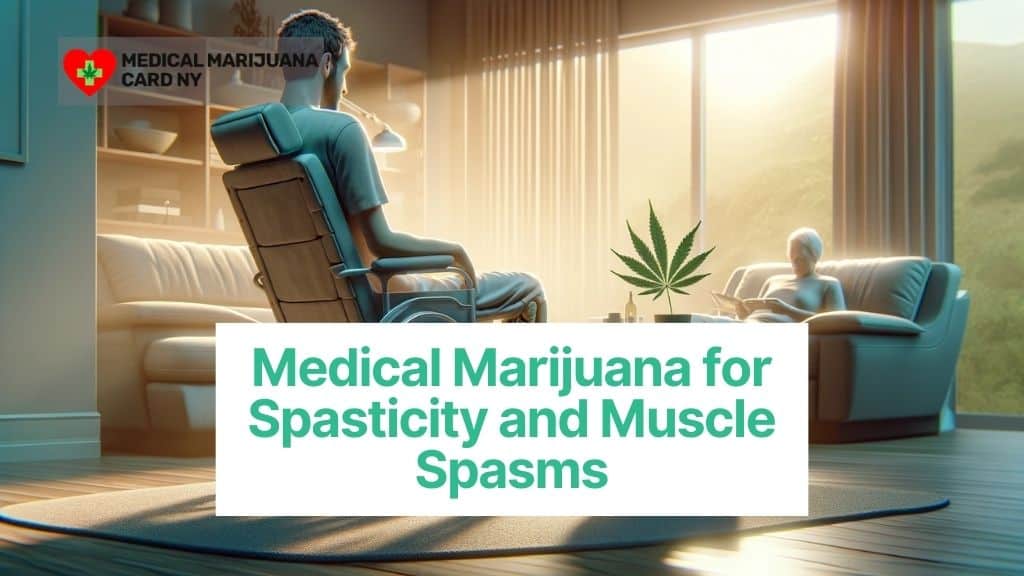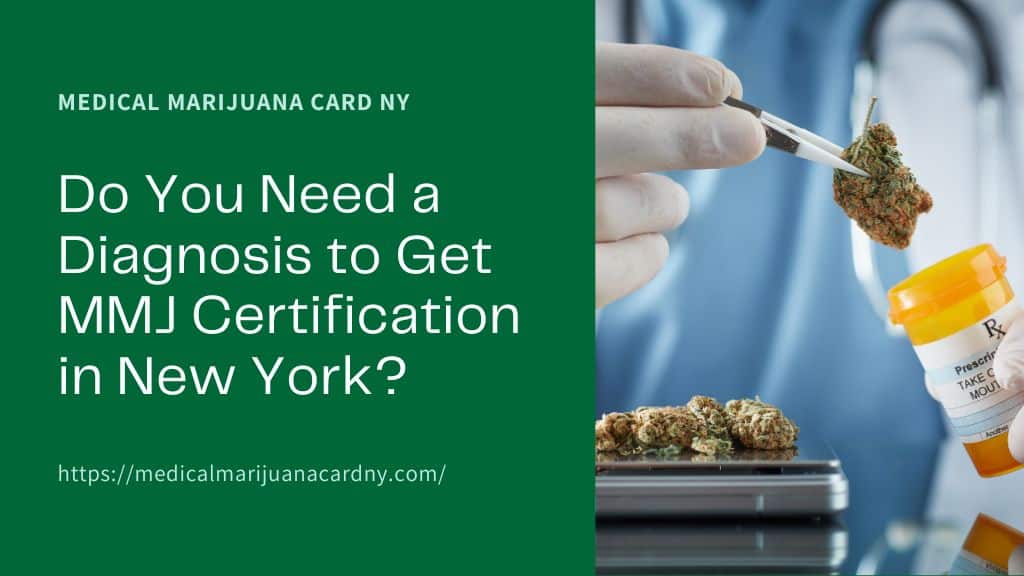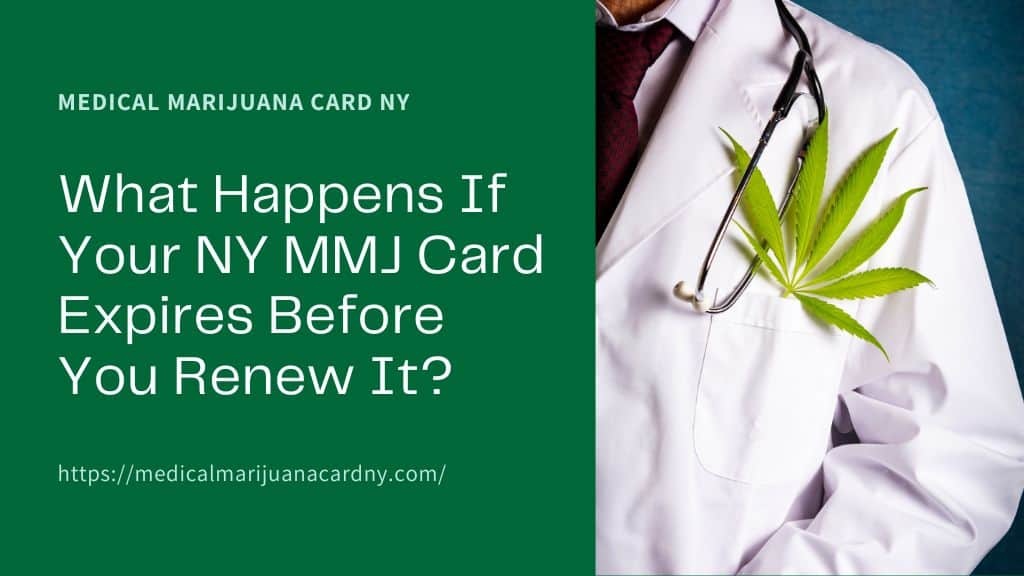Medical marijuana has emerged as a promising solution for individuals in New York struggling with spasticity and muscle spasms. This blog delves into the intricate relationship between medical marijuana and these debilitating conditions, offering a ray of hope to those seeking relief. Spasticity and muscle spasms can severely impact the quality of life, making daily activities challenging. Through a detailed exploration, the blog provides insights into how medical marijuana, with its unique components like CBD and THC, can effectively alleviate symptoms and improve mobility.
Understanding the legal and medical framework of medical marijuana usage in New York is crucial. The blog guides readers through the legal guidelines, prescription processes, and safe usage of medical marijuana in the state. It addresses common concerns about side effects and compares the effectiveness of medical marijuana with traditional treatments.
Moreover, for those considering this treatment path, the blog offers practical advice on obtaining a medical marijuana recommendation in New York. It outlines the eligibility criteria, the step-by-step process, and the role of healthcare professionals in this journey.
This comprehensive guide is not just informative but also a beacon of hope for those grappling with spasticity and muscle spasms. It encourages readers to explore the full potential of medical marijuana in managing their conditions, underlining the importance of informed and safe practices. Dive into the blog to unlock a world of information and possibly a new avenue for relief and improved quality of life.
Table of Contents
ToggleUnderstanding Spasticity and Muscle Spasms
What Are Spasticity and Muscle Spasms?
Spasticity is an abnormal muscle tightness due to prolonged muscle contraction, often resulting from neurological damage. It manifests as continuous muscle stiffness, spasms, and involuntary contractions, which can be painful and disabling. This condition is commonly seen in various neurological disorders like cerebral palsy (CP), multiple sclerosis (MS), stroke, and traumatic brain or spinal cord injuries.
Who Is Commonly Affected by Spasticity and Muscle Spasms?
Spasticity impacts over 12 million people globally, affecting a significant portion of individuals with CP and MS – approximately 80% in each group. It also affects people who have experienced stroke, traumatic brain injuries, or spinal cord injuries.
Why Do Spasticity and Muscle Spasms Occur?
Spasticity occurs due to disruptions in the communication between muscles and the brain, often caused by damage to the brain, spinal cord, or motor nerves. Conditions like CP, MS, stroke, and traumatic injuries can impair the flow of signals to and from muscles, leading to spasticity.
How Can Spasticity and Muscle Spasms Impact Daily Life?
The impact of spasticity on daily life can be profound. It can cause discomfort, pain, and difficulty in movement, significantly affecting a person’s ability to perform everyday tasks. In children, it can lead to growth problems, joint deformities, and disability. Without proper treatment, spasticity can result in permanent joint deformity, urinary tract infections, chronic constipation, and pressure sores. Effective management of spasticity is crucial for improving comfort, mobility, and independence.
Medical Marijuana and Spasticity
What Is Medical Marijuana?
Medical marijuana refers to the medical use of the Cannabis sativa or Cannabis indica plant to relieve symptoms or treat diseases. The plant contains compounds known as cannabinoids, with the two most studied being delta-9-tetrahydrocannabinol (THC) and cannabidiol (CBD). These compounds are responsible for the therapeutic effects observed in medical marijuana use.
How Can Medical Marijuana Help with Spasticity and Muscle Spasms?
Medical marijuana is gaining recognition for its therapeutic potential in managing spasticity and muscle spasms. Its effectiveness is largely attributed to its ability to act on the central nervous system and alleviate muscle stiffness and spasms. Studies have shown that certain compounds in medical marijuana, primarily cannabinoids, interact with the body’s endocannabinoid system. This interaction helps modulate pain and inflammation, leading to a reduction in the severity and frequency of spasms.
Which Components of Medical Marijuana Are Effective for Spastic Disorders?
The two primary components of medical marijuana that are effective in treating spastic disorders are Tetrahydrocannabinol (THC) and Cannabidiol (CBD). THC is known for its psychoactive effects but also has muscle relaxant properties. CBD, on the other hand, does not induce a ‘high’ and is recognized for its anti-inflammatory and neuroprotective qualities. These components work together to provide relief from the symptoms of spasticity, reducing muscle rigidity and spasms.
Why Is Medical Marijuana Considered a Viable Option for Spasticity?
Medical marijuana is considered a viable option for spasticity for several reasons. It offers an alternative for patients who have not found relief from conventional treatments or have experienced adverse side effects from them. Additionally, medical marijuana can be tailored to individual needs, allowing for personalized treatment plans. With ongoing research and anecdotal evidence supporting its benefits, medical marijuana is increasingly being acknowledged as an effective treatment for managing the challenging symptoms of spasticity and muscle spasms.
Legal and Medical Context in New York
What Are the Legal Guidelines for Medical Marijuana in New York?
As of March 2023, significant changes have been made to the medical marijuana laws in New York. The state has moved away from requiring specific qualifying conditions for medical marijuana use. Instead, the decision is now in the hands of medical practitioners who can certify patients for medical marijuana based on their professional judgment of the patient’s needs. This shift reflects an evolving understanding of the potential benefits of medical marijuana across a broader range of conditions.
Who Can Legally Prescribe Medical Marijuana in New York?
In New York, any healthcare provider who is licensed to prescribe controlled substances, qualified to treat the patient’s condition, and who has completed a required course on medical cannabis, is eligible to certify patients for medical marijuana use. These courses provide comprehensive knowledge about the pharmacology of cannabis, its contraindications, side effects, drug interactions, and more, ensuring that healthcare providers are well-equipped to make informed decisions about patient certifications.
Where Can Patients Obtain Medical Marijuana in New York?
Patients who have been certified for medical marijuana by their healthcare provider will be automatically registered with the Medical Cannabis Program. They will receive a MMJ certification that includes a registry ID number. This, along with a government-issued photo ID, allows them to purchase medical marijuana from licensed dispensaries across New York State. These dispensaries often have pharmacists on-site to assist patients in selecting the right products for their conditions and to check for potential interactions with other medications.
Practical Considerations for Medical Marijuana Use in New York
How Can Patients Safely Use Medical Marijuana for Spasticity?
To safely use medical marijuana for spasticity, patients should follow the guidance of a certified healthcare provider. Since March 2023, healthcare providers in New York who have completed an OCM-approved medical use of cannabis course are authorized to certify patients for medical marijuana use.
The courses cover essential topics like pharmacology, dosing, and administration routes, enabling healthcare providers to give well-informed recommendations tailored to individual patient needs. Patients should adhere to their healthcare provider’s dosing recommendations, considering factors such as individual health conditions and potential interactions with other medications.
What Are the Potential Side Effects of Using Medical Marijuana?
Medical marijuana, like any treatment, can have side effects. The most common include dizziness, dry mouth, and changes in mood or perception. More serious side effects may include impaired memory and cognition, especially with long-term use. There is also a risk of developing cannabis use disorder. Patients with a family history of psychosis or schizophrenia should be particularly cautious, as marijuana use in adolescence has been linked to an increased risk of psychotic symptoms and disorders.
Why Should Patients Choose Medical Marijuana Over Other Treatments?
Medical marijuana might be considered a viable option for patients who haven’t found relief through conventional treatments or who have experienced adverse effects from them. Its variety of administration methods (such as smoking, vaping, and edibles) and the ability to tailor cannabinoid profiles (like THC and CBD ratios) to individual needs make it a versatile option. However, it’s crucial to weigh the potential benefits against the risks and side effects, ideally in consultation with a healthcare provider who is knowledgeable about cannabis use in medical treatment.
Conclusion
Medical marijuana has emerged as a significant option for managing spasticity, offering potential benefits where traditional treatments may fall short. Its effectiveness lies in its ability to interact with the body’s endocannabinoid system, reducing muscle stiffness and spasms. The flexibility in cannabinoid profiles and administration methods makes medical marijuana a customizable treatment for patients with varying needs. However, it’s important to approach its use with caution, considering possible side effects like impaired cognition or the risk of cannabis use disorder.
The evolving legal landscape, especially in New York since March 2023, reflects a more patient-focused approach, allowing certified healthcare providers to recommend medical marijuana based on their professional judgment. This progressive shift indicates a growing recognition of medical marijuana’s potential in therapeutic applications, particularly for conditions like spasticity that significantly impact patients’ quality of life.
Resources
https://www.ncbi.nlm.nih.gov/pmc/articles/PMC3394820/
https://www.ncbi.nlm.nih.gov/pmc/articles/PMC2626929/
https://www.mssociety.org.uk/about-ms/treatments-and-therapies/cannabis
https://onlinelibrary.wiley.com/doi/full/10.1111/dmcn.14165
https://www.sciencedirect.com/science/article/abs/pii/S0965229917304466





